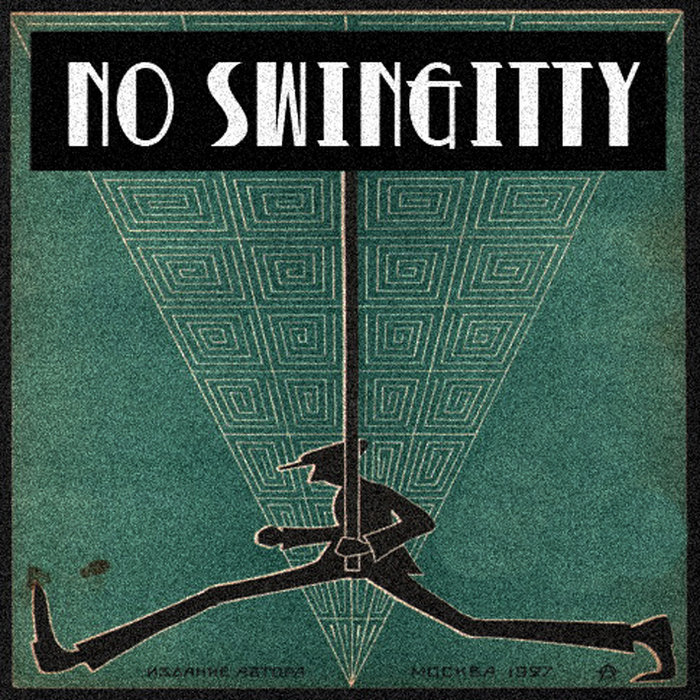
No Diggity (Minimatic swing version) – Minimatic
this blog is GROOVY – check out great Soul, Funk, Jazz, Hip Hop, Bass, Breaks , Reggae, House n many more TUNES
Hey there, groove seekers! If you’ve stumbled upon the term “no swinggity,” it might sound like an oddball in the world of music genres. But let’s put on our funky glasses and dive into this funky rabbit hole together!
First things first, what do we mean by “no swinggity”? Well, it’s not a widely recognized genre like jazz or rock; it’s more of a vibe—a playful attitude towards music that refuses to take itself so seriously. Imagine rhythm without rigid structure, beats that are lighthearted and catchy, but with enough nuance to keep you bobbing your head all night long.
No swinggity is about embracing the groove without overcooking it—maybe adding a sprinkle of silliness here and there. It’s as if funk met comedy at a neon-lit dance party!
Let’s rewind to the birth of modern music where everything started bubbling up. Genres like jazz laid down foundational rhythms. Musicians were exploring improvisation big time while throwing in those snazzy solos swinging with effortless style—but then came along funk!
In the late ’60s and early ’70s, artists like James Brown turned up the heat with his signature grooves. Do you know he once proclaimed himself the “Godfather of Soul”? I mean, who wouldn’t want that title? This man could make anyone shake their hips just by stepping onto stage.
Now slide on over into disco fever! Funksoulbrother George Clinton with Parliament-Funkadelic tapped straight into pure joyfulness! They exemplified no-swinggity vibes through outrageous costumes and party-animal energy (who can forget those wigs?). Their concerts were wild—like a carnival combined with an otherworldly spaceship landing right in your backyard.
And during these groovy times? There was also Donna Summer doing her thing! Here’s a quirky fact: she recorded “Love to Love You Baby” lying down because she thought it would give her voice an extra sultry feel—not sure how comfortable that is for recording sessions though!
As we glided into the ’80s, hip-hop began mixing its flavors into existing genres. Rappers took bits from funk tracks (hello again James Brown!) creating something totally fresh—the notion of sampling had arrived! Artists like Grandmaster Flash spun records while people danced themselves silly in their living rooms—no shame in busting out those moves folks!
Fast-forward through decades of evolution—by now we have all sorts ranging from electro-funk to nu-disco encompassing varying degrees of no-swinggity vibes across multiple playlists worldwide.
Did you know DJ Kool Herc threw block parties where he’d mix heart-thumping beats while shouting out phrases famously dubbed ‘toasting’? This created an atmosphere perfect for bouncing around carefree—even inspiring countless hip-hop legends years later!
Today? You see no swinggity embedded everywhere—from indie bands using upbeat instrumentation laced with absurd lyrics to mainstream pop stars unashamedly dancing goofy-like at award shows (ahem looking at you Lizzo). Everyone seems keen on keeping things light-hearted yet deeply rhythmic.
Fun fact alert! Ever heard about Harry Styles’ outfits during performances? He channels iconic ‘70s glam rock blended seamlessly alongside elements reminiscent of classic beauties—talk about vintage meets boldness wrapped up under one roof (or stage).
So why should we care about such whimsical tunes? Because life takes itself way too seriously sometimes—and music needs moments where laughter reigns supreme alongside deep grooves that’ll bring smiles even amidst chaos surrounding us every day.
Who doesn’t want friendly jams welcoming joyous celebrations or spontaneous kitchen dance parties after workday stresses melt away?!
To sum up this cosmic journey through history sprinkled generously with humor—you don’t need fancy labels when you’re stepping onto dance floors fueled by infectious melodies radiating happiness everywhere they go (#powerofgroove). And next time someone mentions no swinggity? Just remember—it embodies fun blended artfully within musical dimensions bringing forth relaxation minus constraints holding us back; play around freely!!
So grab your friends and crank up some tunes embodying that sweet flavor mixed between joyful freedom sealed tightly together…and get ready for good vibes aplenty forevermore until sunrise beckons each dancer homeward bound!!
Keep shining bright, fellow groove aficionados 🌟✨

No Diggity (Minimatic swing version) – Minimatic